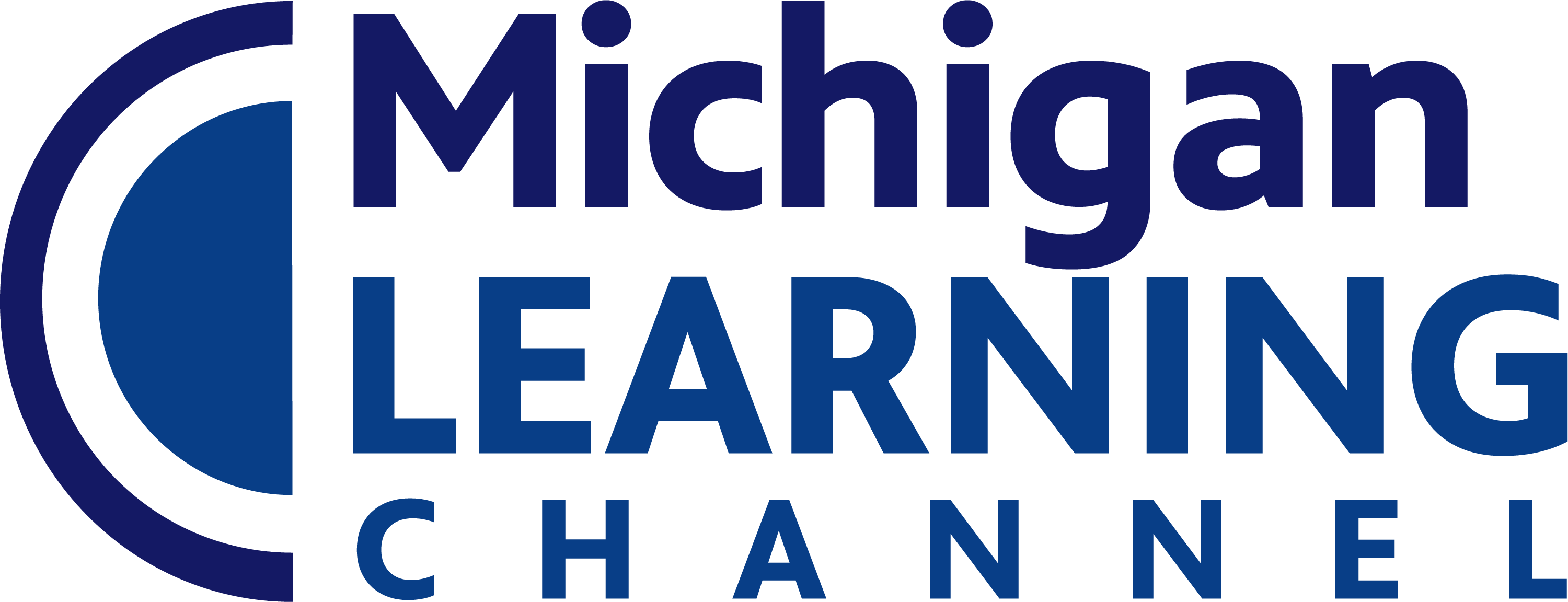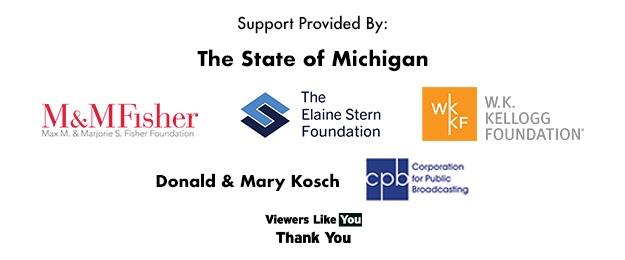Grades
Standard
Absolute and Comparative Advantage – use the concepts of absolute and comparative advantages to explain why goods and services are [...]
Domestic Activity and World Trade – assess the impact of trade policies, monetary policy, exchange rates, and interest rates on [...]
Exchange Rate and World Trade – analyze the effects on trade from a change in an exchange rate between two [...]
The Global Economy and the Marketplace – analyze and describe how the global economy has changed the interaction of buyers [...]
Earning Income - conduct research regarding potential income and employee benefit packages, non-income factors that may influence career choice, benefits [...]
Buying Goods And Services – describe the factors that consumers may consider when purchasing a good or service, including the [...]
Saving – identify the incentives people have to set aside income for future consumption, and evaluate the impact of time, [...]
Using Credit – evaluate the benefits, costs, and potential impacts of using credit to purchase goods and services.
Explain how the United States has limited and expanded citizenship over time.
Compare and contrast rights and representation among U.S. people and citizens living in states, territories, federal districts, and on tribally [...]
Using examples, explain the rights and responsibilities of U.S. citizens as well as people living in the United States.
Explain the personal dispositions that contribute to knowledgeable and engaged participation in civic communities.
Explain and evaluate how people, individually or collectively, seek to bring the United States closer to its Democratic Values.
Identify, discuss, and analyze methods individuals and/or groups have chosen to attempt social and legal change. Assess the effects of [...]
Identify and describe a local, state, national, or international public policy issue; research and evaluate multiple solutions; analyze the consequences [...]
Equip students with the skills and knowledge to explore multiple pathways for knowledgeable, civic engagement through simulations and/or real-world opportunities [...]
Scarcity, Choice, Opportunity Costs, Incentives – using examples, explain how scarcity, choice, opportunity costs, and incentives affect decisions made by [...]
Entrepreneurship – analyze the risks and rewards of entrepreneurship and associate the functions of entrepreneurs with alleviating problems associated with [...]
Marginal Analysis – weigh marginal benefits and marginal costs in decision making.
Institutions – describe the roles of various economic institutions and purposes they serve in a market economy.
Market Structures – identify the characteristics of perfect competition, monopolistic competition, oligopoly, and monopoly market structures.
Supply And Demand – use the laws of supply and demand to explain household and business behavior.
Price, Equilibrium, Elasticity, and Incentives – analyze how prices change through the interaction of buyers and sellers in a market, [...]
Public Policy and the Market – analyze the impact of a change in public policy on consumers, producers, workers, savers, [...]
Government and Consumers – analyze the role of government in protecting consumers and enforcing contracts (including property rights), and explain [...]
Government Revenue and Services – analyze the ways in which local and state governments generate revenue and use that revenue [...]
Market Failure – explain the role for government in addressing both negative and positive externalities.
Explain the concept of public opinion, factors that shape it, and contrasting views on the role it should and does [...]
Explain the significance of campaigns and elections in American politics, currect criticisms of campaigns, and proposals for their reform.
Identify and discuss roles of non-governmental organizations in American civic society.
Explain functions and possible influence of various news and other media sources in political communication.
Analyze the credibility and validity of various forms of political communication.
Describe the five essential rights protected by the First Amendment. Through the use of court cases and examples, explore and [...]
Using the Fourth, Fifth, Sixth, Seventh, and Eighth Amendments, describe the rights of the accused; using court cases and examples, [...]
Explain how the Civil War led to the creation of the Thirteenth, Fourteenth, and Fifteenth Amendments to the U.S. Constitution. [...]
Explain how significant historical events, including but not limited to the suffrage movements and the civil rights movements, resulted in [...]
Using the Fourteenth Amendment, describe the impact of the doctrine of incorporation, due process of law, and equal protection of [...]
Identify and explain personal rights, political rights, and economic rights as well as how these rights might conflict.
Describe considerations, criteria, and examples that have been used to deny, limit, or extend protection of individual rights.
Identify and describe ways in which foreign policy is made including Constitutional powers of the executive, legislative, and judicial branches [...]
Analyze past and present examples of U.S. foreign policy, its implementation, and its impact on American and international institutions and [...]
Analyze the influence and impact of U.S. political, economic, technological, and cultural developments on countries and people around the world.
Analyze how international political, economic, technological, and cultural developments impact U.S. institutions and individuals.
Identify and evaluate the roles and responsibilities of the United States in international governmental organizations including bilateral and multilateral agreements.
Describe and evaluate the requirements and process for becoming a citizen of the United States.
Identify and analyze various Democratic Values of the United States as found in the Declaration of Independence.
Explain the impact of the major debates and compromises underlying the drafting and ratification of the American Constitution including the [...]
Grades
Standard
Absolute and Comparative Advantage – use the concepts of absolute and comparative advantages to explain why goods and services are [...]
Domestic Activity and World Trade – assess the impact of trade policies, monetary policy, exchange rates, and interest rates on [...]
Exchange Rate and World Trade – analyze the effects on trade from a change in an exchange rate between two [...]
The Global Economy and the Marketplace – analyze and describe how the global economy has changed the interaction of buyers [...]
Earning Income - conduct research regarding potential income and employee benefit packages, non-income factors that may influence career choice, benefits [...]
Buying Goods And Services – describe the factors that consumers may consider when purchasing a good or service, including the [...]
Saving – identify the incentives people have to set aside income for future consumption, and evaluate the impact of time, [...]
Using Credit – evaluate the benefits, costs, and potential impacts of using credit to purchase goods and services.
Explain how the United States has limited and expanded citizenship over time.
Compare and contrast rights and representation among U.S. people and citizens living in states, territories, federal districts, and on tribally [...]
Using examples, explain the rights and responsibilities of U.S. citizens as well as people living in the United States.
Explain the personal dispositions that contribute to knowledgeable and engaged participation in civic communities.
Explain and evaluate how people, individually or collectively, seek to bring the United States closer to its Democratic Values.
Identify, discuss, and analyze methods individuals and/or groups have chosen to attempt social and legal change. Assess the effects of [...]
Identify and describe a local, state, national, or international public policy issue; research and evaluate multiple solutions; analyze the consequences [...]
Equip students with the skills and knowledge to explore multiple pathways for knowledgeable, civic engagement through simulations and/or real-world opportunities [...]
Scarcity, Choice, Opportunity Costs, Incentives – using examples, explain how scarcity, choice, opportunity costs, and incentives affect decisions made by [...]
Entrepreneurship – analyze the risks and rewards of entrepreneurship and associate the functions of entrepreneurs with alleviating problems associated with [...]
Marginal Analysis – weigh marginal benefits and marginal costs in decision making.
Institutions – describe the roles of various economic institutions and purposes they serve in a market economy.
Market Structures – identify the characteristics of perfect competition, monopolistic competition, oligopoly, and monopoly market structures.
Supply And Demand – use the laws of supply and demand to explain household and business behavior.
Price, Equilibrium, Elasticity, and Incentives – analyze how prices change through the interaction of buyers and sellers in a market, [...]
Public Policy and the Market – analyze the impact of a change in public policy on consumers, producers, workers, savers, [...]
Government and Consumers – analyze the role of government in protecting consumers and enforcing contracts (including property rights), and explain [...]
Government Revenue and Services – analyze the ways in which local and state governments generate revenue and use that revenue [...]
Market Failure – explain the role for government in addressing both negative and positive externalities.
Explain the concept of public opinion, factors that shape it, and contrasting views on the role it should and does [...]
Explain the significance of campaigns and elections in American politics, currect criticisms of campaigns, and proposals for their reform.
Identify and discuss roles of non-governmental organizations in American civic society.
Explain functions and possible influence of various news and other media sources in political communication.
Analyze the credibility and validity of various forms of political communication.
Describe the five essential rights protected by the First Amendment. Through the use of court cases and examples, explore and [...]
Using the Fourth, Fifth, Sixth, Seventh, and Eighth Amendments, describe the rights of the accused; using court cases and examples, [...]
Explain how the Civil War led to the creation of the Thirteenth, Fourteenth, and Fifteenth Amendments to the U.S. Constitution. [...]
Explain how significant historical events, including but not limited to the suffrage movements and the civil rights movements, resulted in [...]
Using the Fourteenth Amendment, describe the impact of the doctrine of incorporation, due process of law, and equal protection of [...]
Identify and explain personal rights, political rights, and economic rights as well as how these rights might conflict.
Describe considerations, criteria, and examples that have been used to deny, limit, or extend protection of individual rights.
Identify and describe ways in which foreign policy is made including Constitutional powers of the executive, legislative, and judicial branches [...]
Analyze past and present examples of U.S. foreign policy, its implementation, and its impact on American and international institutions and [...]
Analyze the influence and impact of U.S. political, economic, technological, and cultural developments on countries and people around the world.
Analyze how international political, economic, technological, and cultural developments impact U.S. institutions and individuals.
Identify and evaluate the roles and responsibilities of the United States in international governmental organizations including bilateral and multilateral agreements.
Describe and evaluate the requirements and process for becoming a citizen of the United States.
Identify and analyze various Democratic Values of the United States as found in the Declaration of Independence.
Explain the impact of the major debates and compromises underlying the drafting and ratification of the American Constitution including the [...]


